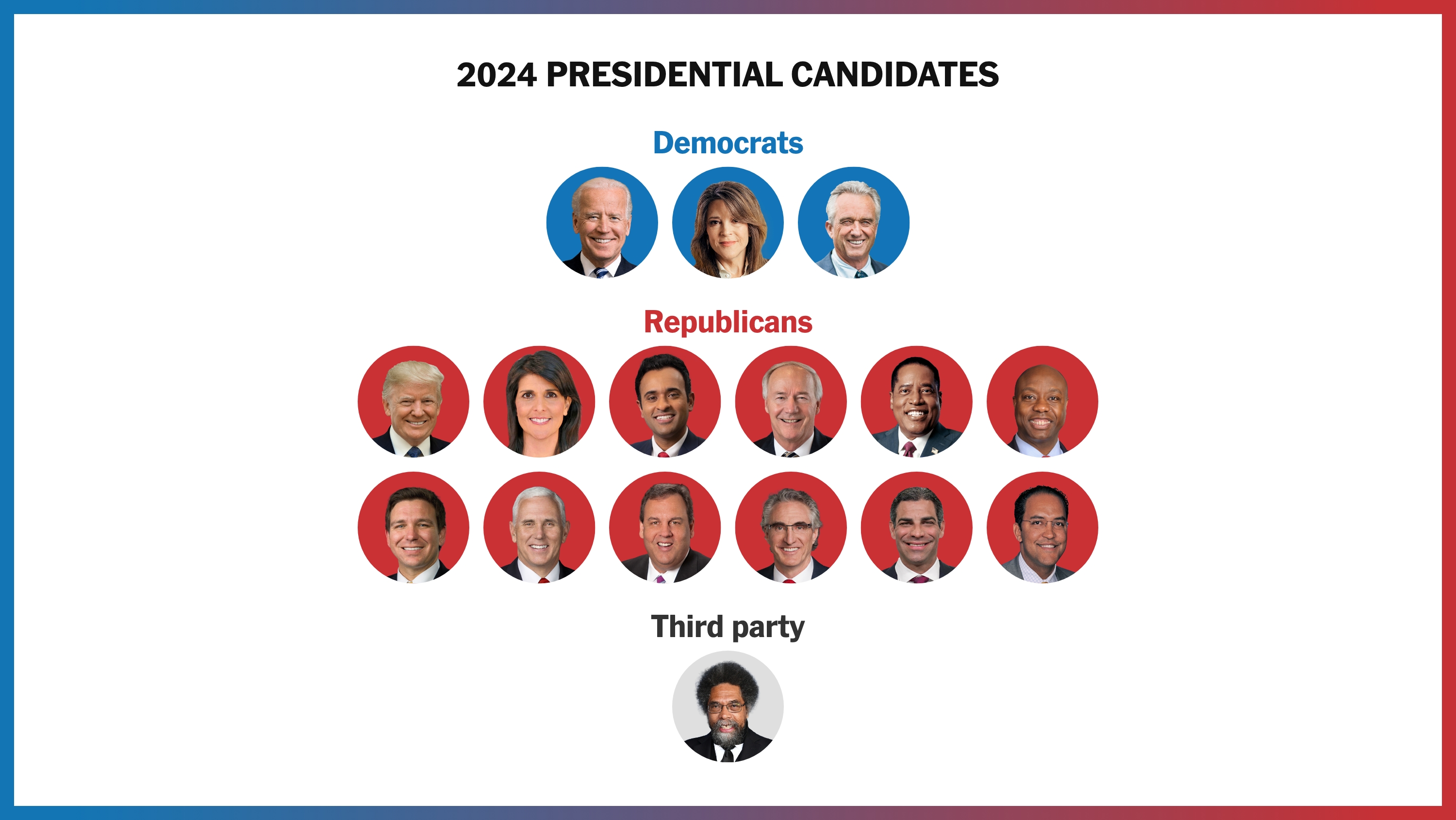The Effectiveness Of Teaser Trailers: A Spectrum Of Performance

Table of Contents
The Psychology of Anticipation: Why Teaser Trailers Work
Teaser trailers leverage the power of anticipation to engage audiences. Their effectiveness lies in their ability to pique curiosity without revealing too much, leaving viewers craving more.
Creating Curiosity and Intrigue:
Teaser trailers thrive on the principle of "less is more." They're designed to tantalize, not to tell the whole story. Effective teasers masterfully employ several techniques:
- Use of enigmatic imagery and sound design to build suspense: A fleeting image, a cryptic sound effect, or a mysterious voiceover can be far more effective than lengthy exposition. Think of the iconic shower scene in the Psycho teaser – chilling and unforgettable without revealing plot details.
- Strategic omission of crucial plot points to fuel speculation: Leaving key elements shrouded in mystery encourages viewers to actively engage with the trailer, speculating and discussing its meaning online. This creates organic buzz and expands the trailer's reach.
- Employing cliffhangers to leave a lasting impression: Ending on a captivating cliffhanger ensures the trailer sticks with the viewer long after it's finished, fueling further anticipation. This creates a strong call to action – viewers will want to learn more.
Emotional Engagement and Brand Building:
A successful teaser trailer connects with the audience on an emotional level, establishing the tone and style of the project and building brand recognition.
- Targeting specific audience demographics with tailored emotional appeals: A horror teaser will use different techniques than a romantic comedy teaser; understanding the target audience is crucial for crafting effective emotional appeals.
- Utilizing powerful music to evoke desired feelings (excitement, fear, anticipation): The right music can amplify the emotional impact of the visuals, enhancing the overall effect. A well-chosen score can become synonymous with the film itself.
- Connecting the teaser to pre-existing brand recognition (established franchises): For established franchises, the teaser should leverage existing brand recognition and fan loyalty to instantly grab attention.
Key Elements of a High-Performing Teaser Trailer
Beyond psychology, a high-performing teaser trailer relies on excellent execution across several key areas.
Visual Storytelling and Editing:
Even with limited information, a strong visual narrative is paramount. The editing style significantly impacts the viewer experience:
- Fast-paced editing for action-oriented teasers: Quick cuts and dynamic visuals are crucial for action movies to showcase energy and excitement.
- Slow, deliberate pacing for dramas or mysteries: A slower pace can build suspense and intrigue, creating a more thoughtful and mysterious tone.
- High-quality visuals and cinematography that grab attention: High production value is essential; poor visuals detract from the overall impact and may damage brand credibility.
Sound Design and Music:
Sound plays a critical role in setting the tone and mood. The combination of music and sound effects is crucial:
- Strategic use of sound effects to heighten tension: Sound effects can be used to build anticipation and intensify emotional responses, adding layers of suspense.
- Memorable musical score to enhance the emotional impact: Music can significantly amplify the emotional resonance of the visuals and create a lasting impression.
- The power of silence to create dramatic pauses: Strategic use of silence can be incredibly effective in building tension and creating impactful moments.
Strategic Release and Marketing:
Timing and platform selection are vital for maximizing impact. Effective marketing strategies are critical for success:
- Targeting specific online platforms based on the target audience: Understanding where your target audience spends their time online is crucial for effective reach.
- Utilizing social media to amplify reach and generate conversation: Social media platforms can be powerful tools for driving conversation and generating organic buzz around the teaser.
- Strategic timing to capitalize on related news or events: Releasing a teaser at a strategic moment, such as during a major awards ceremony or related news cycle, can exponentially increase its visibility.
Analyzing the Spectrum of Performance: What Makes a Teaser Fail?
Even with a great idea, poor execution can lead to a disastrous result. Several factors contribute to ineffective teaser trailers:
Poor Storytelling and Unclear Message:
A teaser needs to convey a clear sense of the project, even with limited information. Failure in this area leads to confusion:
- Confusing or incoherent visuals: If the visuals don't tell a story or create a clear impression, the teaser will fail to engage the audience.
- Lack of a central theme or idea: Without a clear central idea, the teaser will feel disjointed and lack focus.
- Failure to create a memorable impression: A forgettable teaser will quickly fade from viewers' minds, achieving little impact.
Technical Issues and Poor Production Value:
Low-quality visuals or audio can damage credibility and severely impact the teaser's effectiveness:
- Grainy or poorly lit footage: Poor visual quality undermines the overall impression of professionalism and quality.
- Poor audio mixing or distracting background noise: Audio issues can be incredibly distracting, detracting from the overall experience.
- Unprofessional editing: Sloppy editing immediately suggests a lack of care and professionalism.
Ineffective Marketing and Distribution:
A great teaser is wasted if it doesn't reach its intended audience. Poor marketing strategies hinder its success:
- Lack of strategic targeting: Failing to target the right platforms and demographics significantly limits reach.
- Poor social media engagement: Lack of interaction and engagement on social media greatly reduces the teaser's impact.
- Insufficient promotion: A great teaser needs to be actively promoted across multiple channels to reach its full potential.
Conclusion:
The effectiveness of teaser trailers relies on a complex interplay of psychological principles, creative execution, and strategic marketing. By understanding the elements contributing to both success and failure, filmmakers and marketers can craft teasers that generate significant buzz and maximize anticipation for upcoming releases. Creating compelling, high-performing teaser trailers is essential for driving ticket sales and building excitement. Don't underestimate the power of a well-crafted teaser trailer – start optimizing yours today!

Featured Posts
-
 The Elon Musk Ayo Edebiri Dispute A Look At Online Harassment And Accountability
May 06, 2025
The Elon Musk Ayo Edebiri Dispute A Look At Online Harassment And Accountability
May 06, 2025 -
 Drast Lndae Alhjylan Mn Ajl Alslam Fy Alymn
May 06, 2025
Drast Lndae Alhjylan Mn Ajl Alslam Fy Alymn
May 06, 2025 -
 Unlocking Sabrina Carpenter In Fortnite A Step By Step Guide
May 06, 2025
Unlocking Sabrina Carpenter In Fortnite A Step By Step Guide
May 06, 2025 -
 Romanias Presidential Election Latest News And Analysis Of The Runoff
May 06, 2025
Romanias Presidential Election Latest News And Analysis Of The Runoff
May 06, 2025 -
 The Ross Family Tracee Ellis Ross And Her Celebrated Relatives
May 06, 2025
The Ross Family Tracee Ellis Ross And Her Celebrated Relatives
May 06, 2025
